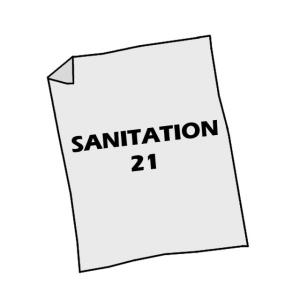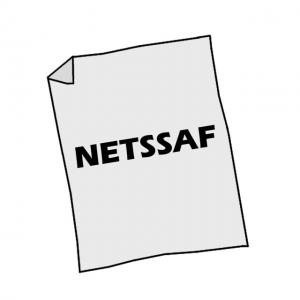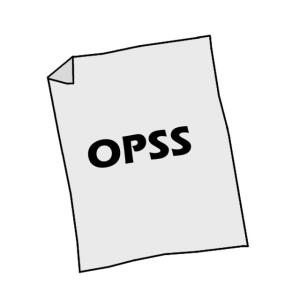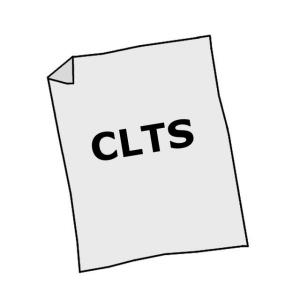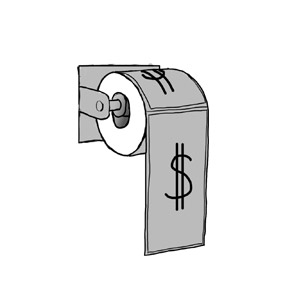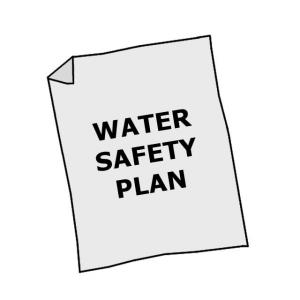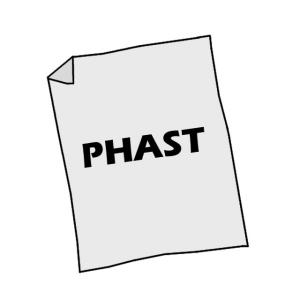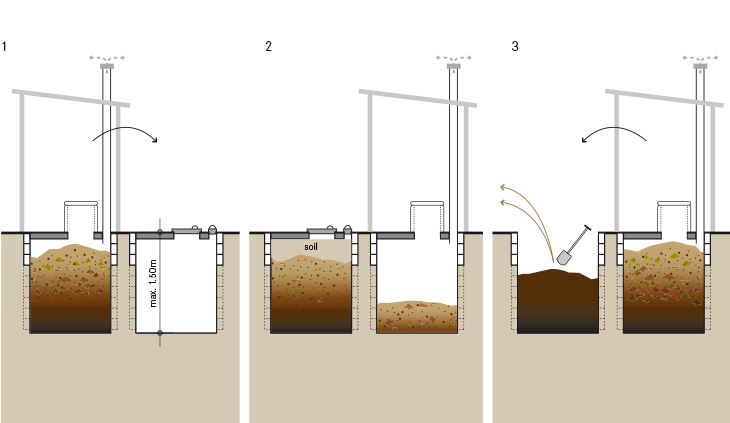
Executive Summary
The Fossa Alterna is a short cycle alternating, waterless (dry) double pit technology. Compared to the double VIP which is just designed to collect, store and partially treat excreta, the Fossa Alterna is designed to make an earth-like product that can be used as a nutrient-rich soil conditioner. The Fossa Alterna is dug to a maximum depth of 1.5 m and requires a constant input of cover material (soil, ash, and/or leaves).
| In | Out |
|---|---|
Faeces, Excreta, Organics, Dry Cleansing Materials, Anal Cleansing Water |
Compost/Biosolids |
Introduction
The fossa alterna toilet system is similar to the Arborloo, but it consists of two pits, which are lined.
Cover material should be added to the pit after defecation (not urination). The soil and leaves introduce a variety of organisms like worms, fungi and bacteria which help in the degradation process. Also, the pore space is increased, which allows for aerobic conditions. Additionally, ash helps to control flies, reduces odours and makes the mix slightly more alkaline.
The full pit degrades while the second pit is filling, which, ideally, should take one year. The material in the full pit will degrade into a dry, earth-like mixture that can be easily removed manually. Because of the added carbonaceous bulking material, the degradation process is accelerated, and the content is ready for excavation and use much faster than in a double VIP.
Design Considerations
A Fossa Alterna pit would fill over a period of 12–24 months depending on its size and the number of users. Even though the pits are shallow (1 to 1.5 m), each of them can be used by a family of six for one year. The Fossa Alterna technology will only work properly if the two pits are used sequentially and not concurrently. Therefore, an adequate cover for the out of service pit is required.
The Fossa Alterna should be used for urine, but water should not be added (small amounts of anal cleansing water can be tolerated). Water encourages the development of vectors and pathogens, but it also fills the pore spaces and deprives the aerobic bacteria of the oxygen that is required for degradation. A UDDT can be used with the Fossa Alterna, but only in circumstances when the soil cannot sufficiently absorb the urine or when the urine is highly valued for application. Since cover material is used to continuously cover the excreta, smells are reduced. To reduce the smells even further, a ventilation pipe can be added.
In flood-prone areas and where the groundwater table is too high, the Fossa Alterna could be raised or built entirely above ground to avoid water intrusion and groundwater pollution. Raising the pits could also be an option for rocky ground and compacted soils that are difficult to dig.
If space is abundant and emptying not desired, the Arborloo can be an alternative disposal option. Pits should not be lined if used as an Arborloo.
Health Aspects/Acceptance
By covering faeces with soil, ash, and/or leaves, flies and odours are kept to a minimum. Users may not understand the difference between the Fossa Alterna and a double VIP, although if given the opportunity to use one, people should have a good appreciation of the advantages. Demonstration units can be used to show how easily one can empty a Fossa Alterna in comparison to emptying a double pit. Keeping the contents sealed in the pit for the duration of at least one year makes the material safer and easier to handle. The same precautions that are taken when handling compost should be taken with the humus derived from the Fossa Alterna.
Read some of our most visited tools on sustainable sanitation such as slow- or rapid sand filtration!
Operation & Maintenance
When the first pit is put into use, a layer of leaves should be put onto the bottom of the pit. Periodically, more leaves should be added to increase the porosity and oxygen availability. Following the addition of faeces to the pit, a small amount of soil, ash, and/or leaves should be added. Occasionally, the mounded material beneath the toilet hole should be pushed to the sides of the pit in order to optimise the use of space.
Unlike a simple or ventilated pit which will be covered or emptied, the material in the Fossa Alterna is meant to be used as a soil conditioner. Therefore, it is extremely important that no garbage is put into the pit.
Emptying the Fossa Alterna is easier than emptying other pits; the pits are shallower and the addition of soil, ash, and/or leaves means that the contents are less compact. The material that is removed is not offensive and presents a reduced threat of contamination. Depending on the dimensions of the pits, the contents should not be emptied more often than once a year.
The Fossa Alterna is appropriate for rural and peri-urban areas. It is especially suitable to water-scarce environments. It is a useful solution for areas that have poor soil and could benefit from the use of the stabilised humic material as a soil amendment.
The Fossa Alterna is not appropriate for greywater as the pit is shallow and the conditions must remain aerobic for degradation.
The material is manually emptied from the Fossa Alterna (it is dug out, not pumped out); thus, vacuum truck access to the pits is not necessary.
The Fossa Alterna is not suited for rocky or compacted soils (that are difficult to dig) or for areas that flood frequently, except if the pits are raised.
A urine diversion toilet slab can be used with the fossa alterna if the soil cannot sufficiently absorb the urine or urine is needed for agriculture.
The Fossa Alterna technology will only work properly if the two pits are used sequentially and not concurrently. Therefore, an adequate cover for the out of service pit is required.
Toilets That Make Compost
This book describes in an easy-to-understand and picture-based way how to construct three different low cost sanitation solutions, namely arborloos, fossa alterna and urine diversion toilets.
MORGAN, P. EcoSanRes (2007): Toilets That Make Compost . Stockholm: Stockholm Environment Institute URL [Accessed: 09.05.2019]Ecological Toilets
This book describes how to construct Arborloo toilets and how it can be upgraded to VIPs at a later stage.
MORGAN, P. EcoSanRes (2009): Ecological Toilets. (pdf presentation). Stockholm: Stockholm Environment Institute URL [Accessed: 09.05.2019]
